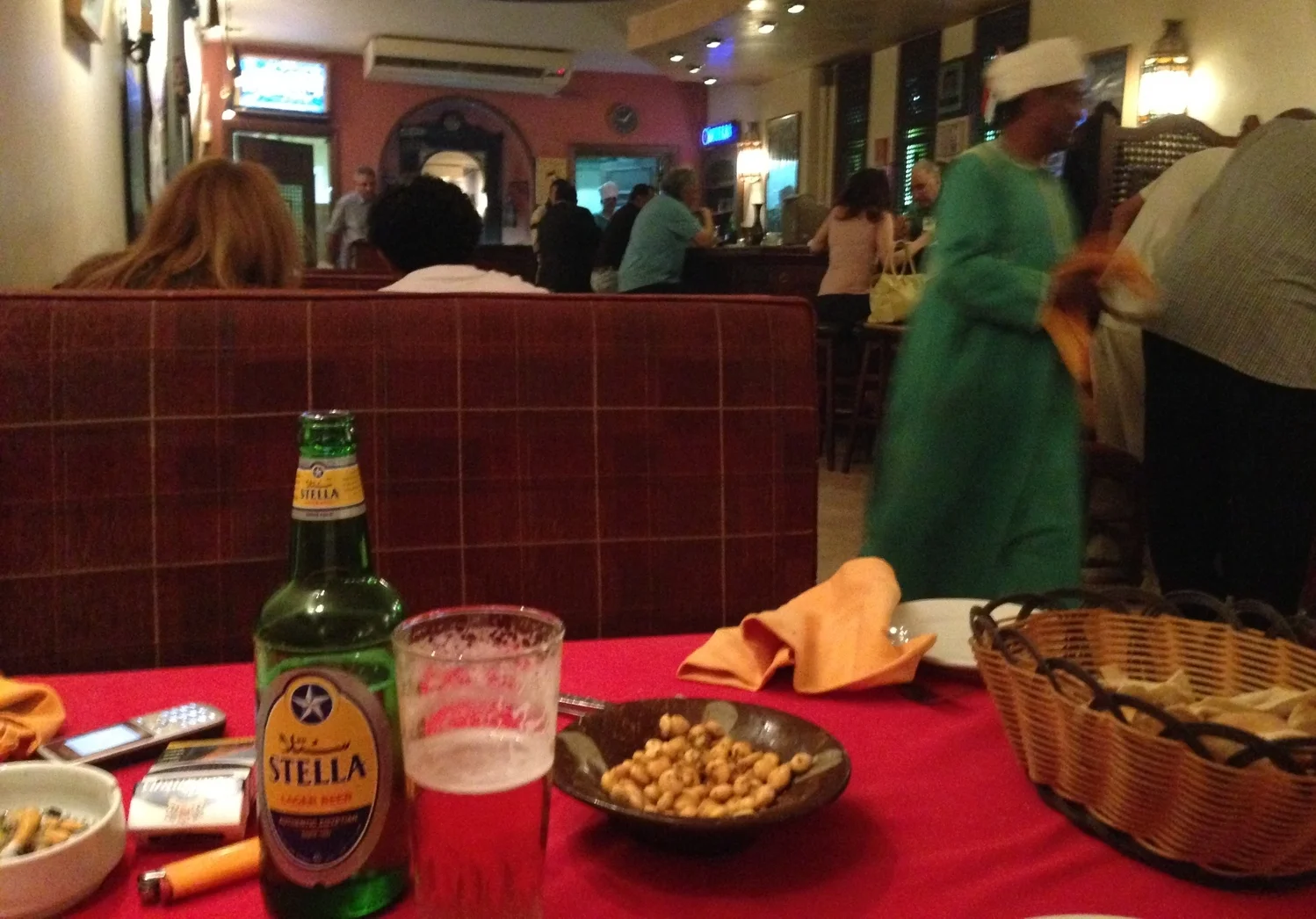[This short sonnet, composed by Giovanni Francesco Buonamico (c. 1672), is regarded as the second oldest extant poem in Maltese. It is a short work of 16 lines, with a regular rhyme scheme (abba, cddc, effe, gggg). Beneath the English translation, I’ve supplied the original Maltese and an en face Arabic transcription. My notes follow.]
————-
May has come, bringing roses and flowers
Gone the cold, lightning, and rain,
The earth now covered with bouquet and bud.
The winds have calmed, the sea gone silent.
From heaven’s face, the clouds have flown
On stony hills sprouts the green
Every bird returns to song
Every heart fills with joy
There would be little happiness on this island
Were it not for the one who keeps her company.
Were it not for the one who watches over her
You’d cry with hunger, seeing her as a prisoner.
You are happiness, and our joy
Cotoner, light of our eyes!
As long as heaven keeps you with us,
At the end of the biting cold, he warms us.
Giovan Francesco Buonamico
Mejju gie bil-Ward u Zahar / مايو جاء بالورد والزهر
Mejju gie' bl'Uard, u Zahar مايو جاء بالورد والزهر
Aadda l bart, e Sceta, u 'l Beracq عدى البرد الشتاء والبرق
T'ghattiet l'art be nuar u l'Uueracq تغطّت الأرض بالنوار والأوراق
heda e riech, seket el Bachar هدا الريح وسكت البحر
Tar e schab men nuece e'Sema طار السحاب من وش السما
Sa f'l'e Gebiel neptet el chdura صفا الجبل نبتت الخضرة
Regeet t'ghanni col Aasfura رجعت تغني كل عصفورة
U' f' el fercol cqalb t'ertema وفي الفرح كل قلب ترتمى
E qaila ferh kien fe di Gesira وقلة فرح كان في دي جزيرة
li ma Kiensce min i uuennesha إلا مكانش من يؤنسها
li ma Kiensce min i charisha إلا مكانش من يحرسها
Kecu tepki el giuh phl lsira كيشو تبكي الجوع في الأسيرة
Enti el ferh, u 'l hena taana انتي الفرح والهناء تاعنا
Cotoner daul ta aineina كوطونير ضوء تا عينينا
Tant li e Sema i challic chdeina تانت السماء يخليك حذانا
Fl'achar bart i colna e schana في الاخر برد يكلنا يسخنا
Translator’s notes:
The first two stanzas celebrate the return of Spring to Malta with fairly standard references to cycles of return and rebirth. In the third stanza, the poem appears takes a turn toward the panegyric, praising those who protect the island from outside threat, ending with the metaphor of the island as hungry captive, a figure that would have resonated with audiences living with Mediterranean piracy, kidnapping and ransom. In the fourth stanza, the object of praise comes into focus when the poet mentions the Mallorcan-born Grand Master of the Knights of Malta, Nicólo Cotoner. It thus appears that the poem was composed to celebrate the expansion of the fortifications of Malta, which was undertaken in the wake of the Ottoman capture of Crete in 1669. The walls built during this period are still known as the Cottoner Lines (Is-Swar tal-Kottonera).
I am not a scholar of Maltese. But I am conversant in Egyptian colloquial Arabic, and possess a smattering of French, Latin, Spanish, and Italian — which gives me the (false?) confidence that I can “read” this little text and render it into English. Also, it helped that there was already an established English translation, by Wettinger and Fsadni (1968), and one very ornate musical setting. Nonetheless, some aspects of the lexicon syntax are ambiguous, like the phrase “Kecu tepki,” which, drawing on the Tunisian colloquial, I scan as “كيشوفو تبكي“ (upon seeing him, you’d cry), which makes sense with the conditional voice of the rest of the stanza. But that’s a guess. Comments, corrections? Please email me!
Mathias Hubertus Prevaes, The Emergence of Standard Maltese: The Arabic Factor (PhD thesis, Nijmegen, 1993).
Arnold Cassola. “An alternative meaning for achar in G.F. Bonamico’s Sonetto”, Melita Historica, 10: 3 (1990), 290-292.

